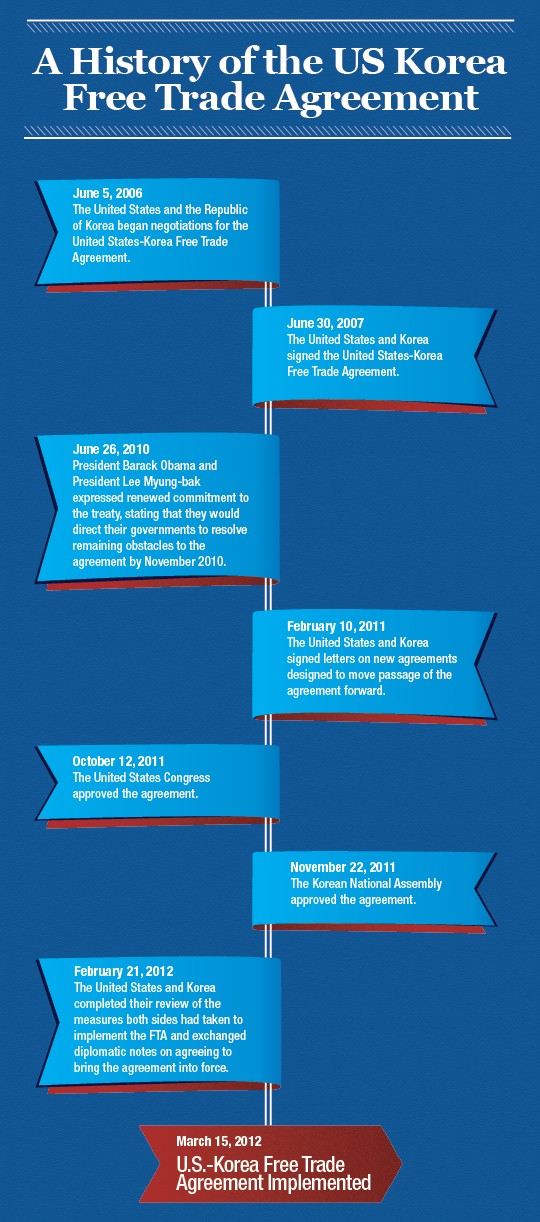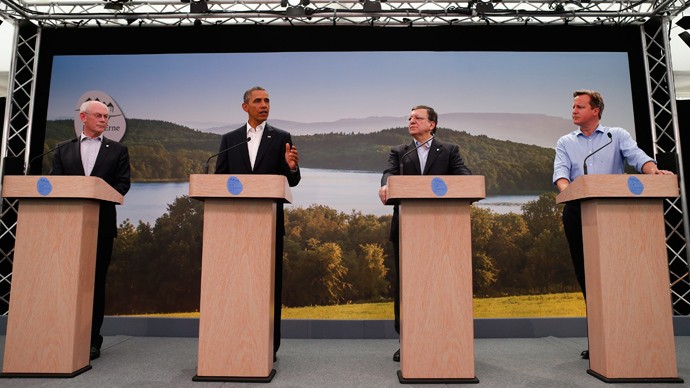The History of Trade Agreements
Post on: 16 Март, 2015 No Comment

Symbol of the North American Free Trade Agreement (NAFTA).
What Is a Free Trade Agreement?
A free trade agreement is a pact between two countries or areas in which they both agree to lift most or all tariffs, quotas, special fees and taxes, and other barriers to trade between the entities.
The purpose of free trade agreements is to allow faster and more business between the two countries/areas, which should benefit both.
(See specific PROS and CONS at page two of this article.)
Why All Should Benefit from Free Trade
The underlying economic theory of free trade agreements is that of comparative advantage, which originated in an 1817 book entitled On the Principles of Political Economy and Taxation by British political economist David Ricardo.
Put simply, the theory of comparative advantage postulates that that in a free marketplace, each country/area will ultimately specialize in that activity where it has comparative advantage (i.e. natural resources, skilled workers, agriculture-friendly weather, etc.)
The result should be that all parties to the pact will increase their income. However, as Wikipedia points out :
. the theory refers only to aggregate wealth and says nothing about the distribution of wealth. In fact there may be significant losers. The proponent of free trade can, however, retort that the gains of the gainers exceed the losses of the losers.
Claims that 21st Century Free Trade Doesn’t Benefit All
Critics from both sides of the political aisle contend that free trade agreements often don’t work effectively to benefit either the U.S. or its free trade partners.
(See specific PROS and CONS at page two of this article.)
One angry complaint is that more than three million U.S. jobs with middle-class wages have been outsourced to foreign countries since 1994. The New York Times observed in 2006 :
Globalization is tough to sell to average people. Economists can promote the very real benefits of a robustly growing world: when they sell more overseas, American businesses can employ more people.
But what sticks in our minds is the television image of the father of three laid off when his factory moves offshore.
Latest News
In late June 2011, the Obama administration announced that three free trade agreements. with south Korea, Colombia and Panama. are fully negotiated, and ready to send to Congress for review and passage. These three pacts are expected to generate $12 billion in new, annual U.S. sales.
Republicans stalled approval of the agreements, though, because they want to strip a small, 50-year-old worker retraining/support program from the bills.
On December 4, 2010, President Obama announced completion of renegotiations of the Bush-era U.S.-South Korea Free Trade Agreement. See Korea-U.S. Trade Agreement Addresses Liberal Concerns .
The deal that we’ve struck includes strong protections for workers’ rights and environmental standards—and as a consequence, I believe it’s a model for future trade agreements that I will pursue, commented President Obama about the U.S.-South Korea agreement. (see Profile of U.S.-South Korea Trade Agreement .)
The Obama administration is also negotiating an entirely new free trade pact, the Trans-Pacific Partnership (TPP), which includes eight nations: U.S. Australia, New Zealand, Chile, Peru, Singapore, Vietnam and Brunei.
Per AFP. Nearly 100 US companies and business groups have urged Obama to conclude TPP negotiations by November 2011. WalMart and 25 other U.S. corporations have reportedly signed onto the TPP pact.
Presidential Fast-Track Trade Authority
In 1994, Congress let fast-track track authority to expire, to give Congress more control as President Clinton pushed the North American Free Trade Agreement.

After his 2000 election, President Bush made free trade the center of his economic agenda, and sought to regain fast-track powers. The Trade Act of 2002 restored fast-track rules for five years.
Using this authority, Bush sealed new free trade deals with Singapore, Australia, Chile and seven smaller countries.
Congress Unhappy with Bush Trade Pacts
Despite pressure from Mr. Bush, Congress refused to extend fast-track authority after it expired on July 1, 2007. Congress was unhappy with Bush trade deals for many reasons, including:
- Losses of millions of U.S. jobs and companies to foreign countries
- Exploitation of labor forces and resources and defilement of the environment in foreign countries
- The enormous trade deficit generated under President Bush
International charity organization Oxfam vows to campaign to defeat trade agreements that threaten people’s rights to: livelihoods, local development, and access to medicines.
History
The first U.S. free trade agreement was with Israel, and took effect on September 1, 1985. The agreement. which has no expiration date, provided for the elimination of duties for goods, except for certain agricultural products, from Israel entering the U.S.
The U.S.-Israeli agreement also allows American products to compete on an equal basis with European goods, which have free access to Israeli markets.
The second U.S. free trade agreement, signed in January 1988 with Canada, was superceded in 1994 by the complex and controversial North American Free Trade Agreement (NAFTA) with Canada and Mexico, signed with much fanfare by President Bill Clinton on September 14, 1993.
Active Free Trade Agreements
For a complete listing of all international trade pacts to which the U.S. is a party, see the United States Trade Representives’ listing of global, regional and bilateral trade agreements.
For a listing of all worldwide free trade pacts, see Wikipedia’s List of Free Trade Agreements.














